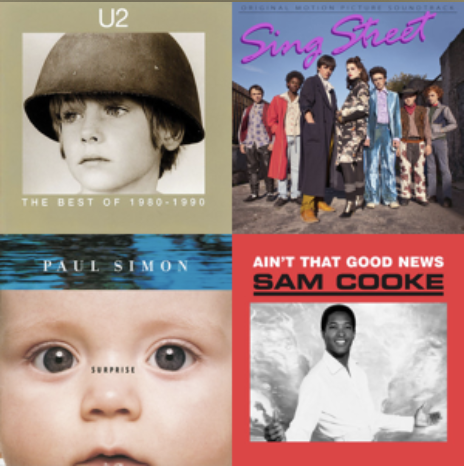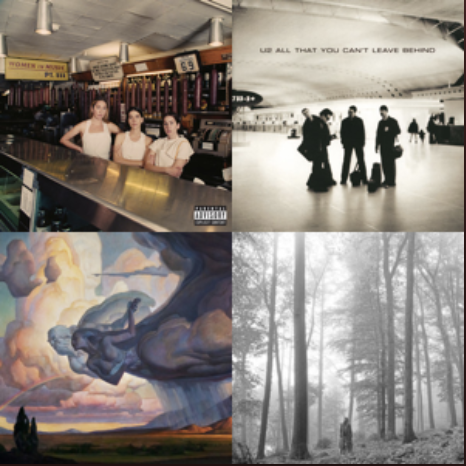Imagine if your use of the English language was limited to reading literature with little ability to converse with friends or express your thoughts in your own words. That is how most classical music making has been for the last century. Literature is great and we would be impoverished without the creations of history’s great masters, but we would be equally impoverished without the freedom and spontaneity afforded by a flexible mastery of a language. Likewise for music.
Classical music has an unfortunately popular image of being too uptight and too formal. The musician studies technique and learns written repertoire until he someday dons a tuxedo and renders note-perfect performances of said repertoire before a gray-haired audience who probably sips tea with their pinkies extended and shops at Bergdorf. All of this is contrasted with the stereotype of the popular musician who has the freedom to rock out, hair blowing in the wind, unbeholden to The Man.
There is an element of truth to this perception of classical music. While it’s true that good music making requires much hard work and formal training, music should also be an enjoyable means of creative expression, and not just for professional composers. A renewed interest in classical improvisation would go far in bolstering music’s vitality and connection with one’s unique personhood. It makes music into a living thing, just as language comes to life when you have a sufficiently flexible mastery of it to have a conversation. Besides, who says tuxedo-clad recitalists can’t have fun? I have heard world-class organist Olivier Latry improvise on everything from Gregorian chant to the World Cup music to the theme for The Simpsons.
Up until about a hundred years ago classical music was thought of differently than it is today. It was not limited to the performer spending weeks or months memorizing staples of the repertoire in preparation for a formal recital. Musicians studied and performed works by other composers of course, but improvisation was also a cornerstone of musical training.
Virtually all of history’s great composers were fantastic improvisers, including Bach, Mozart, Beethoven, Schubert, Brahms, Franck, Chopin, Liszt, and Debussy, most of whom were known first for their improvisations and later for their compositions. Bach improvised at the organ for hours in concert in every possible structural form. We have a few examples that provide a glimpse of his legendary skill as an improviser. The Ricercar a 3 from The Musical Offering was a three-voice fugue improvised from a long, chromatic subject given to him on the spot by King Frederick the Great.
Another example is the Fugue in g minor, BWV 542/2, which was said to be improvised in Hamburg (and afterwards written down) on a theme given to him by his friend and colleague, Johann Mattheson. As you watch this performance by this fine Dutch organist, imagine Bach improvising this fugue on a melody given to him only moments earlier.
It is no wonder that after challenging Bach to a public improvisation showdown in Dresden, French organist Louis Marchand snuck out of town in the middle of the night after eavesdropping on Bach practicing.
This pedagogical tradition has all but vanished in the world of classical music, although it still lives on in jazz. One exception is the European organists, where improvisation is used both in church services and formal recitals. My favorite is Thierry Escaich, organist at St-Etienne-du-Mont in Paris. He improvises in all forms and all styles from Western music history with an ease and energy that I’ve not heard in any other musician. Westsounds.com has a preview of the above CD where you can listen to Mr. Escaich’s Prelude and Double Fugue (!) on the Lutheran chorale tune O Gott, du frommer Gott, improvised live in a style reminiscent of Brahms or Schumann.
Contrary to the Romantic notion of the transcendent genius who channels divine inspiration, improvisation is a skill that can be learned through sustained, disciplined practice. Jean Langlais quipped that he could teach stones to improvise. Good improvisation is more like spontaneous composition (“composing without an eraser” as another Parisian organist, Pierre Pincemaille, puts it) than aimless meandering about the keyboard. The first step is to gain a solid footing with theory and composition. The best method I have seen by far is Harmony and Composition by Deborah Jamini. Once you have a good grasp of theory, a book like Making Music: Improvisation for Organists by Jan Overduin can help you apply your theory knowledge to keyboard improvisation. (While geared toward organists, the ideas can be easily adapted to the piano.) Then it’s a matter of practice and plagiarism as you
steal– ahem – borrow ideas from the great composers to build your harmonic vocabulary. A fellow organist once told me that improvisation is like having a group of playing cards in your hand, where each card is a compositional device that you’ve practiced in every key beforehand. The more cards you acquire, the more choices you have while improvising. With enough effort your improvising will become gradually more effortless; through systematic practice you can achieve spontaneity.
Happy improvising.




